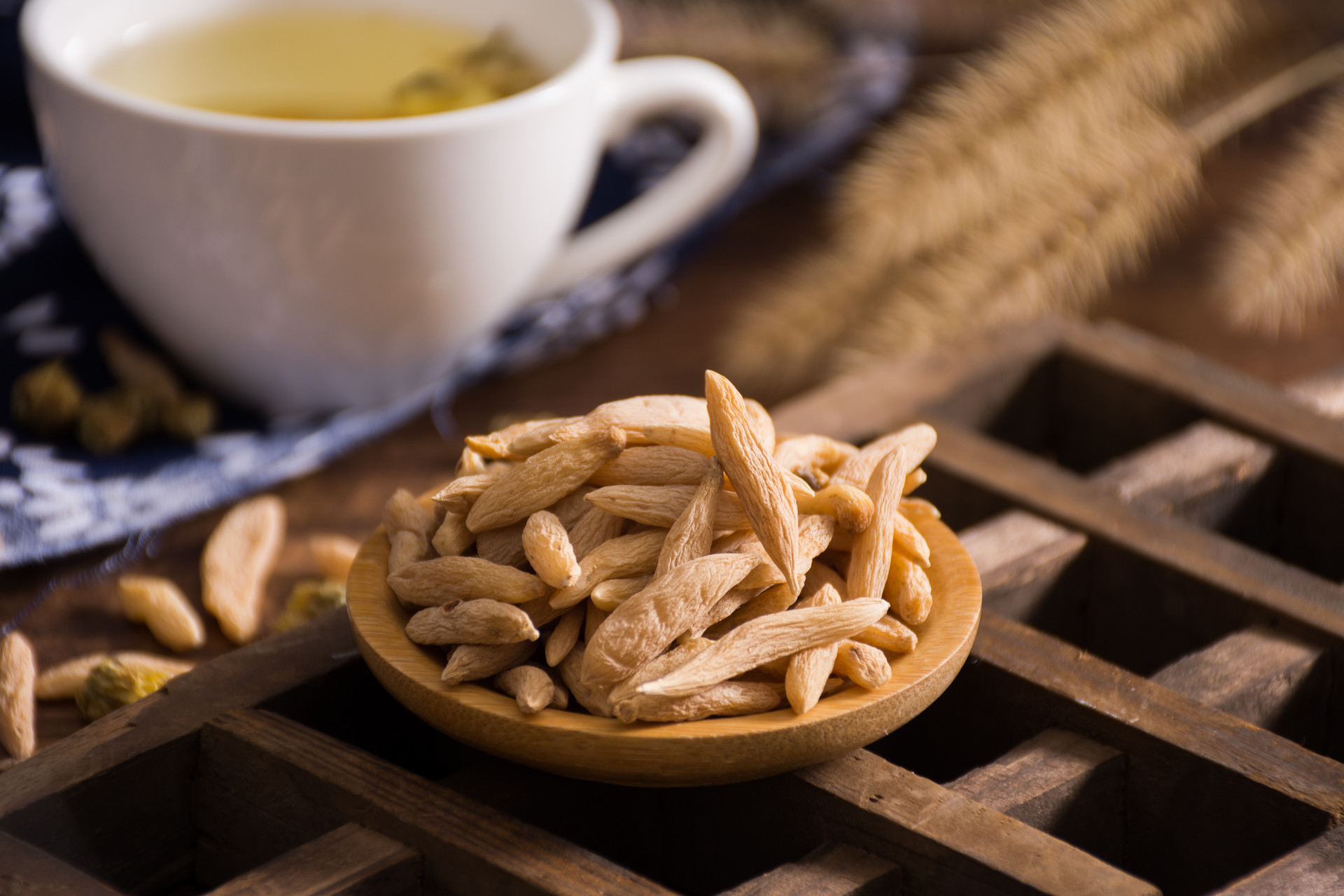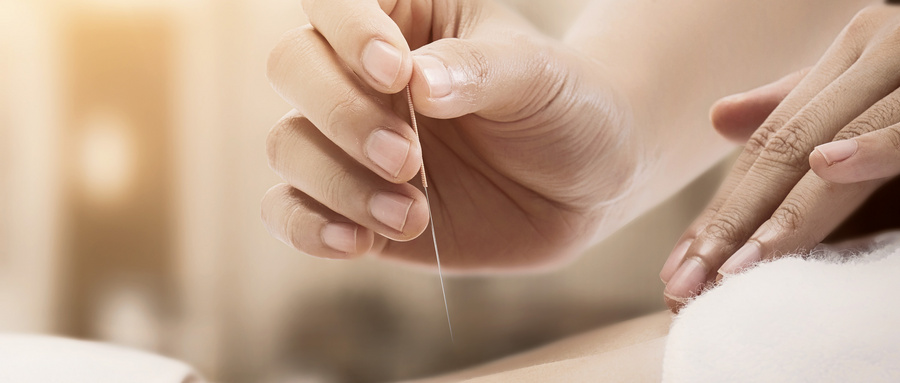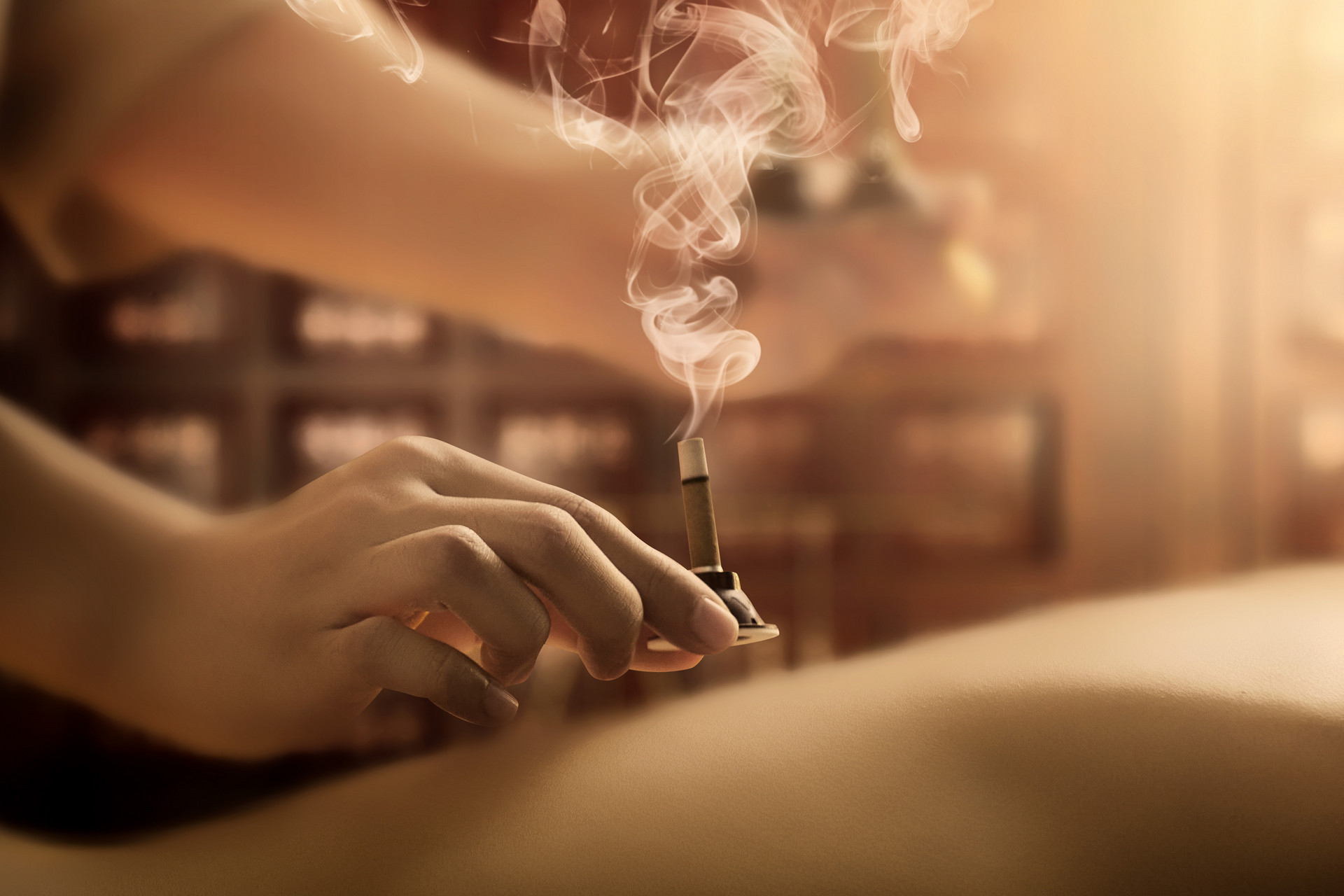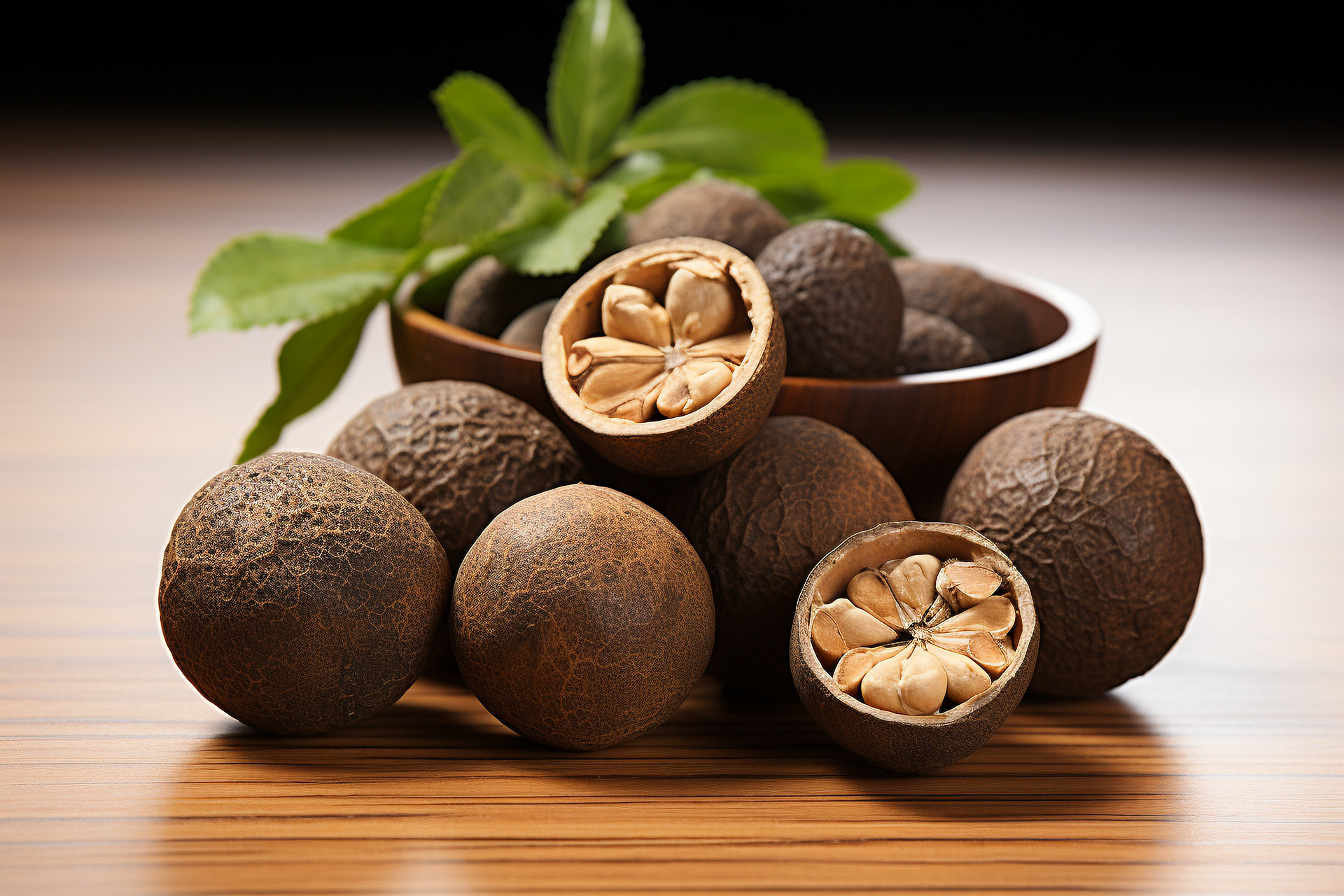Shandougen and Beidougen are commonly used traditional Chinese medicines in clinical practice. However, due to different medication habits in various provinces and cities in China, there is a phenomenon of using different substances with the same name in the use of traditional Chinese medicine. In addition, Shandougen and Beidougen have similar names, which has led to the mixing of the two in some places. In fact, Shandougen and Beidougen are two different drugs. Shandougen was first recorded in the Song Dynasty's "Kaibao Materia Medica" and has been recorded in various materia medica since then. For example, the "Illustrated Classic of Materia Medica" records: "Shandougen grows in the valleys of Jian Nan Mountain, and it is also found in Guangxi, so it is also called Guangdougen. The vine is like a bean, and the root is named after it." However, there is no record of using Beidougen as Shandougen in various materia medica throughout history. The 2010 edition of the "Chinese Pharmacopoeia" has listed Shandougen and Beidougen as two separate drugs, with different origins and effects. Therefore, attention should be paid to distinguishing between the two in clinical application. The author describes the differences between the two drugs in terms of shape, efficacy, toxicity, etc.
Differences in Appearance
Shandougen: It is the dried root and rhizome of the leguminous plant Vietnamese Sophora, mainly produced in Guangdong and Guangxi, also known as "Guangdougen". Its rhizome is irregularly nodular, long and cylindrical, slightly curved, often branching, and of varying lengths. The surface is grayish-brown to brown, with longitudinal wrinkles and transverse raised skin pores, hard and not easily broken. The appearance of the herbal pieces is circular thin slices, with a light brown skin surface, light yellow wood, and brown or brownish periphery, hard texture, with a strong bitter taste.
Beidougen: It is the dried rhizome of the plant Aristolochia fangchi. It is mainly produced in Northeast China, Hebei, Shandong, Shanxi, etc. Its rhizome is slender and cylindrical, with a yellowish-brown to dark brown surface, and often has curved fine roots and visible root scars and longitudinal wrinkles. The outer skin is easy to peel off, tough and not easily broken. The appearance of the herbal pieces is circular thick slices, with a grayish-white to light yellow cut surface, light yellow wood arranged in a radial pattern, with marrow in the center, and brownish-yellow to light brown in the periphery, with a slight bitter taste.
Differences in Efficacy
Shandougen: It has the effects of clearing heat, detoxifying, reducing swelling, and relieving sore throat. It is mainly used for swollen and sore throat, laryngitis, pharyngitis, and gum swelling and pain caused by excessive heat and accumulation of toxic heat.
Beidougen: It has the effects of clearing heat, detoxifying, dispelling wind, and relieving pain. It is mainly used for sore throat, tonsillitis, rheumatic pain, numbness of limbs, enteritis, and dysentery caused by heat.
Differences in Toxicity
Shandougen: Modern research shows that the matrine contained in Shandougen can act on the brain, causing spasms and paralyzing the diaphragm and respiratory muscle motor nerve endings. When a 25g/kg decoction of Shandougen is given to mice via intestinal administration, respiratory depression, tremors, spasms, and death occur.
Beidougen: The main component of Beidougen is aristolochic acid. Research has found that subacute toxicity experiments using aristolochic acid show that doses of 4.8-60 mg for 18 days or 2-3 months have no adverse effects on the heart, but doses above 150 mg for 2-3 months cause varying degrees of damage to the liver, with the degree of damage increasing with the dose. The damage caused is mild, and doses below 150 mg have no adverse effects on the kidneys and adrenal glands.
Therefore, although both drugs have the function of clearing heat and detoxifying, the main component, matrine, in Shandougen is more toxic than the aristolochic acid in Beidougen. The dosage of Beidougen in the 2010 edition of the "Chinese Pharmacopoeia" is 3-9 grams, while the dosage of Shandougen is 3-6 grams, aiming to prevent poisoning accidents. Therefore, both the sales department and medical institutions should follow the pharmacopoeia, use the two drugs separately, and avoid mixing them.











